The human brain is one of the most complex structures in the entire universe and still poses great puzzles to researchers. Part of this marvel of nature is the so-called Amygdalawhose function has been vital for humans since ancient times.
What is the amygdala?
The amygdala is part of the human brain. The name comes from the Greek word for almond, amygdale, and was chosen because the two areas in question in the brain resemble two almond kernels. Therefore, they are less often referred to as the amygdaloid body, i.e. the almond kernel complex.
Anatomy & structure
The amygdala is part of the limbic system and is located in the front part of the temporal lobe. It consists of two similar core areas that lie directly in front of the hippocampus, near the tail of the caudate nucleus and the lower horn of the lateral ventricle.
Since the amygdala also includes a small piece of the cerebral cortex, it is a kind of transition area between the cerebral cortex and the core area of the human brain. The amygdala can be divided into three different zones: the basolateral complex, in which the three nuclei nucleus lateralis, nucleus basalis and nucleus basolateralis are located, the centromedial nucleus group with the nucleus centralis and nucleus medialis, and the cortical nucleus group, in which the Cortical nucleus is located.
These nuclei are connected to and interact with each other by a multitude of nerve fibers. In addition, the amygdala is also connected to the brain stem, the hypothalamus located in the diencephalon and the basal ganglia.
Function & tasks
The main task of the amygdala lies in the development and processing of anxiety states and the associated physical reactions. So it shows e.g. responsible for the fact that the heartbeat increases drastically and the breath catches in dangerous situations. The typical wincing when a fearful or frightened situation suddenly arises is also triggered by the connection between the amygdala and the motor system of the brain.
Because it is linked to the hypothalamus, it is also responsible for signaling the need to increase adrenaline production in the adrenal glands. The adrenaline prepares the body for a fight or an escape from the impending danger. Processes that are not required for this, such as digestion, are then temporarily restricted in order to provide energy for more important functions such as the cardiovascular system. At the same time, the amygdala processes the emotions developed by fear and ensures that information or experienced events are linked to emotions.
This also plays an important role in the emotional classification of facial expressions. The amygdala processes external impulses and the resulting physical reactions. The amygdala can also intensify certain emotions such as fear or anger and is involved in the (re) recognition of situations that have already been experienced. Traumatic experiences are stored in the amygdala and constantly compared with current situations. When a similar situation occurs, the physical and hormonal reactions just described are triggered.
Without the amygdala, neither fear nor aggression can arise and dangers can no longer be assessed, one of the most important survival strategies of human evolution. Even if this is of course becoming less and less important in the modern world, since today's life often has little in common with the struggle for survival of earlier times.
You can find your medication here
➔ Medicines to calm down and strengthen nervesDiseases
The amygdala plays a major role in a variety of anxiety and panic disorders. E.g. Many phobias, i.e. fears of certain things or situations, stem from malfunctions of the amygdala, which mistakenly perceive these things as a threat and send corresponding signals to the organism.
In this context, however, situations perceived as dangerous can also be generalized, so that the physical and mental symptoms of anxiety such as nausea or panic appear completely unexpected and suddenly. This condition is triggered by an overstimulation of the amygdala, which then almost indiscriminately regards situations as dangerous which, objectively speaking, are not at all and causes the affected person to experience anxiety states for no apparent reason. The symptoms are often triggered unconsciously, i.e. without any actually perceptible memory of the traumatic event.
The situations that lead to the triggering of panic reactions are called triggers in technical terms. Insufficient functionality of the amygdala can lead to a variety of other symptoms. These include memory disorders, autism, narcolepsy, depression and post-traumatic stress disorders.In the extremely rare and genetically determined Urbach-Wiethe syndrome, there is calcification of the amygdala. This makes it very difficult for those affected to grasp the emotional meaning of facial expressions, especially when they express fear.
In general, they have little to do with the emotion of fear. So they are neither able to feel fear, nor to describe it or to recognize it in other people. This lack of fearfulness often makes it difficult for those affected to make correct decisions in critical or dangerous situations, which represents a great danger for them.
At a time when mental illnesses are on the rise in the western world, precise research into the amygdala is becoming increasingly important. As a region in the human brain that is essential for the development and processing of fear, it plays a key role in the search for new and effective treatment methods for anxiety disorders and various forms of depression.

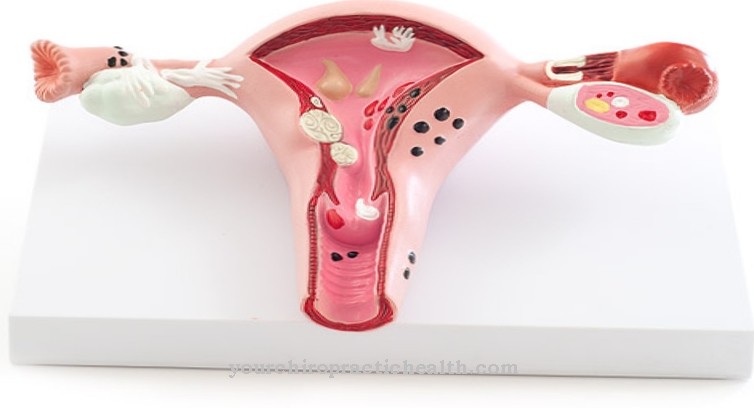
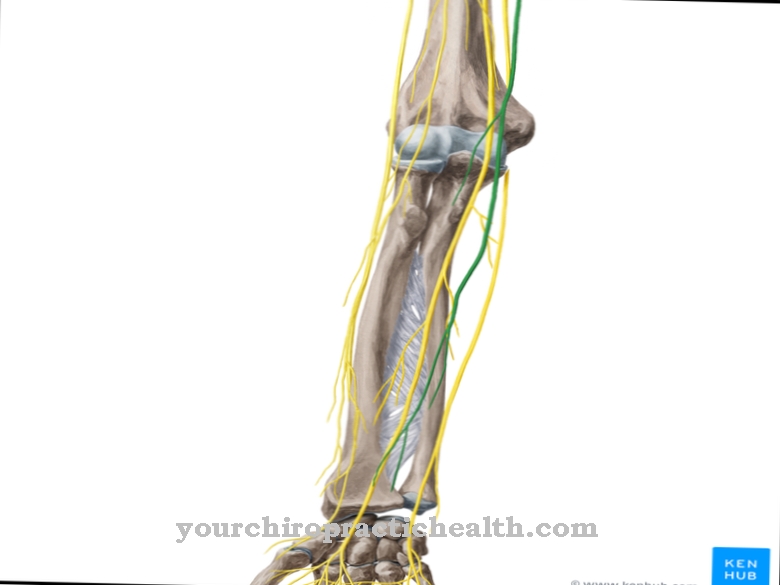
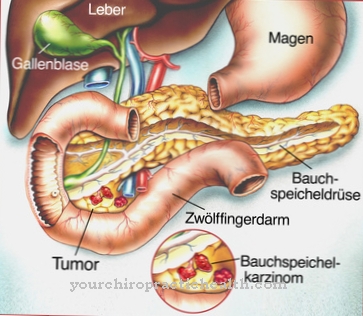

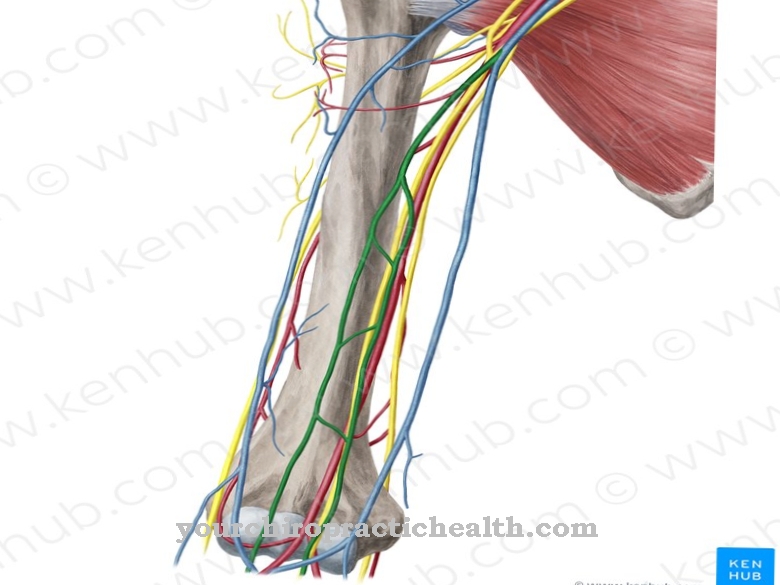
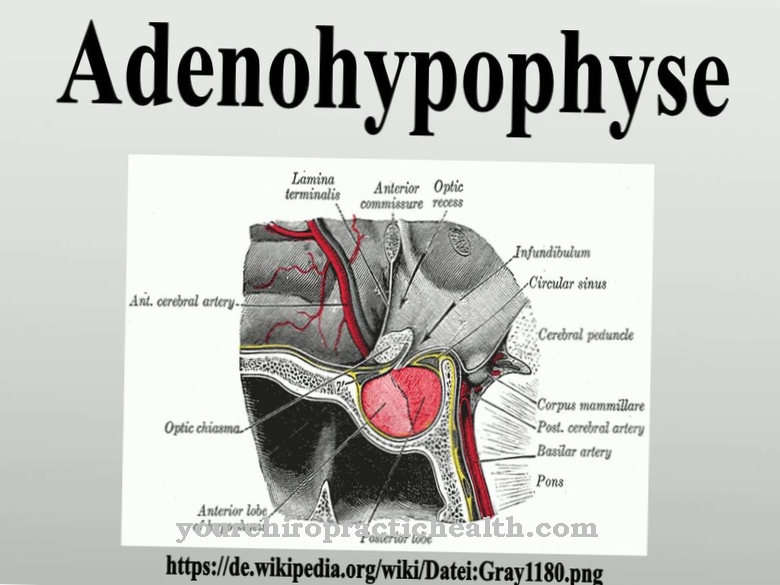

















.jpg)



